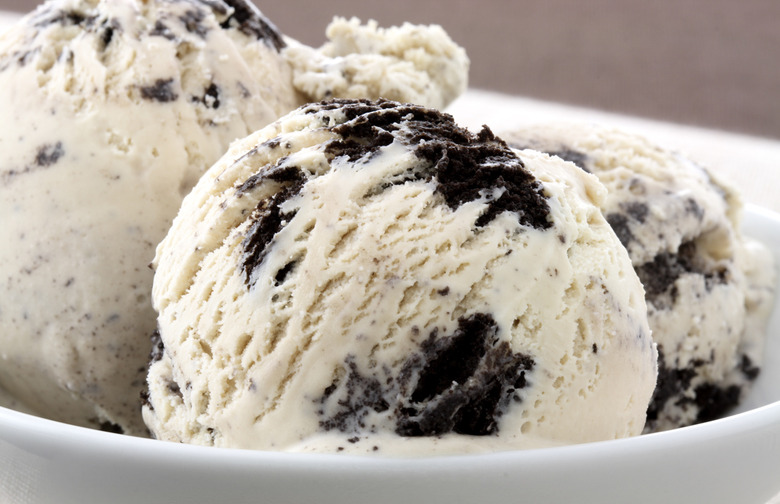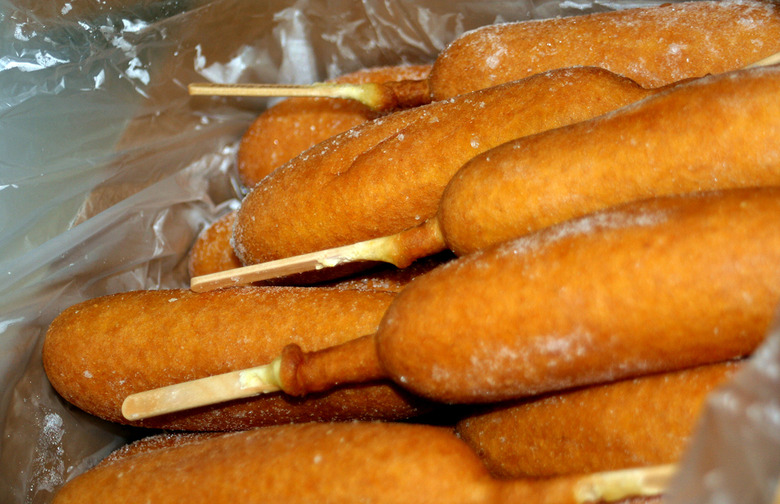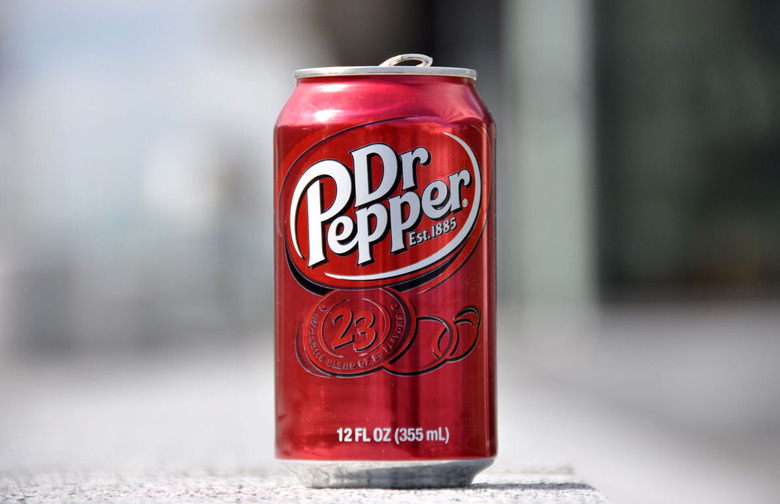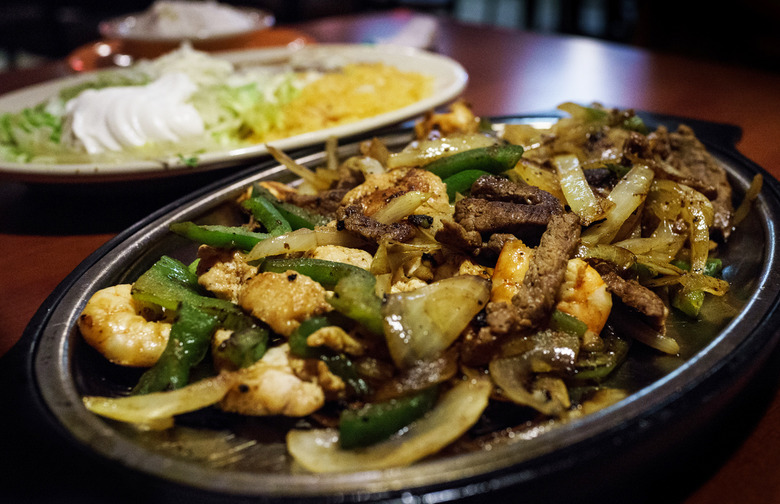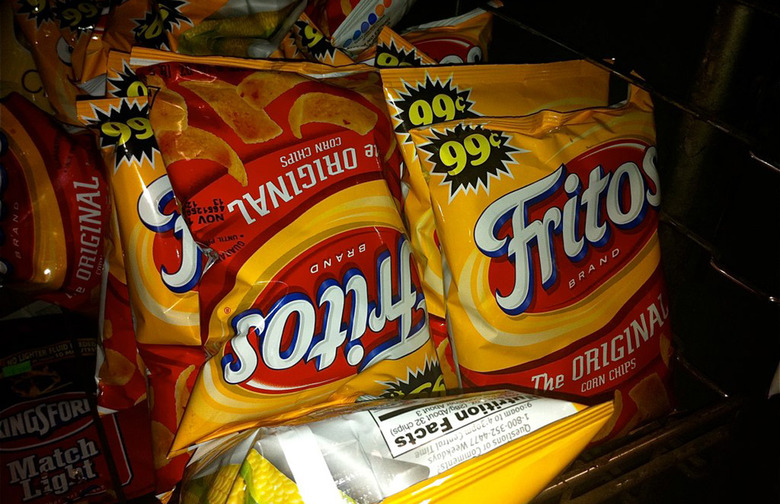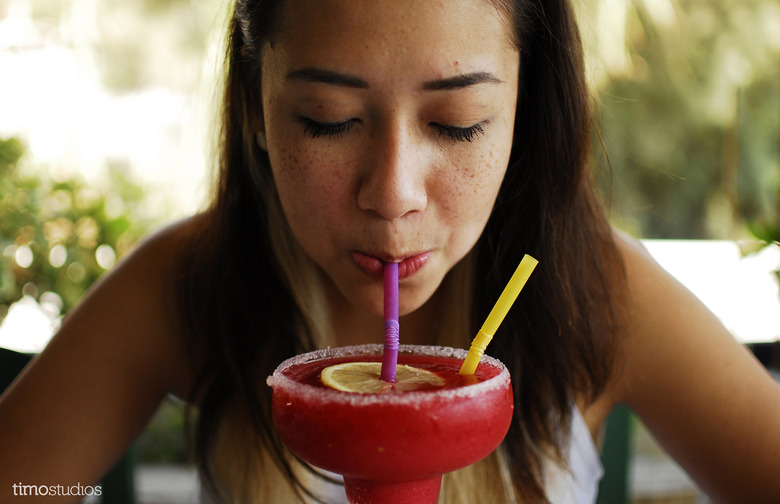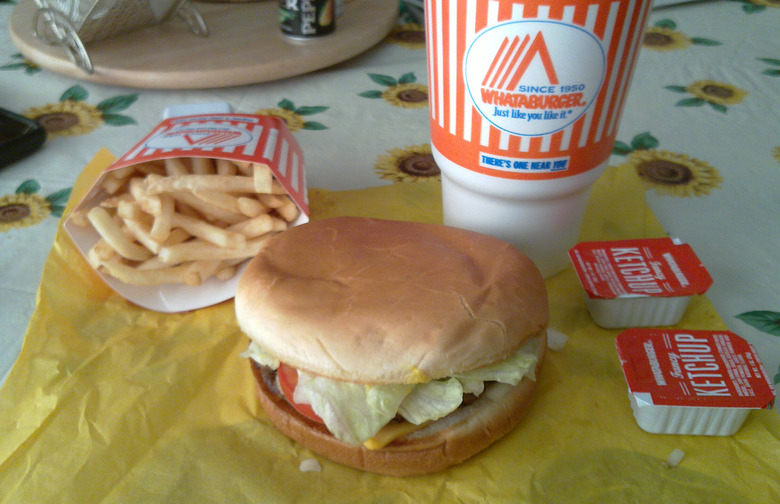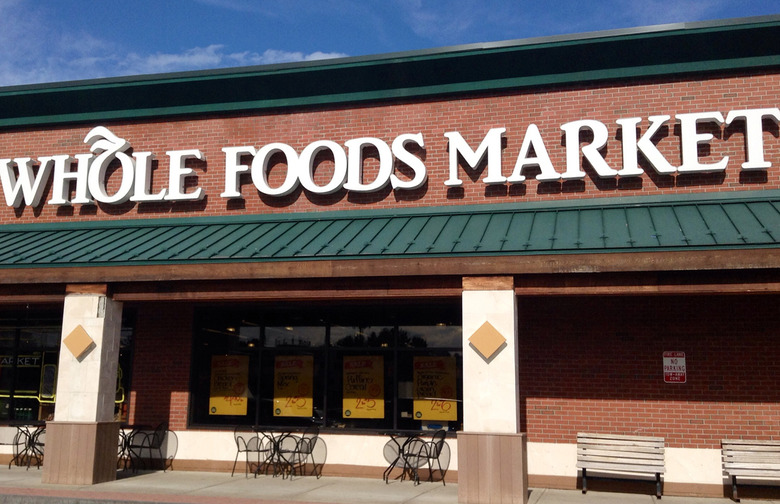10 Foods (And Drinks) You Didn't Know Were Invented In Texas (Slideshow)
Chili con carne (commonly called "chili") may be a Spanish term, but there's no evidence suggesting it was made in Mexico or any other country but the good old US of A. The first mentions of a chili-like meal have been traced back to 1850, when Texan adventurers saw the food used as a staple for traveling to and from the California gold fields, and around Texas. The first national use of the word "chili" occurred when the San Antonio Chili Stand set up a booth at the 1893 Columbian Exposition in Chicago.
Cookies and Cream Ice Cream
Adding cookies to ice cream is an obvious pairing, but it was Blue Bell Creameries (founded and headquartered in Brenham, Texas) that first mass-produced the flavor after an employee sampled it at a Houston ice cream parlor back in 1980. The company makes no claim to have originally invented it, but it was the first to gain permission to use the now-signature Oreo cookies, and filed a patent for "Cookies 'n Cream" in 1981. It is now one of the most popular ice cream flavors of all time.
Corn Dogs
The State of Texas is king when it comes to fair food, so it's no surprise that the corn dog was invented there. In the 1920s, newly arrived German immigrants in Texas, who were sausage-makers by trade, rolled their products in cornbread batter and fried them to appeal to the locals. The name "corny dogs" appeared as early as 1938 at the Texas State Fair, with the treats served on sticks to making both dipping and eating easier.
Dr Pepper
According to the U.S. Patent Office, Dr Pepper was first served on December 1, 1885. Created by pharmacist Charles Alderton in Morrison's Old Corner Drug Store in Waco, Texas, most people are shocked to find out Dr Pepper actually predates Coca-Cola by one year. Initially marketed as a brain tonic and energizing pick-me-up, the company (now part of Dr Pepper Snapple Bottling Group) has since expanded to the point where it is currently the third largest bottling company in the United States after Pepsi and Coke.
Fajitas
Although the name sounds Mexican, fajita is actually a Tex-Mex term that refers to strips of grilled meat (often skirt steak) served on a flour or corn tortilla with onions and peppers. The name dates back to the 1930s, when cowboys and ranchers in South and West Texas were partially paid in meat trimmings, which they cooked over open flames. Because the meat wasn't available commercially, fajitas and the word itself remained regional until the 1970s, when the dish spread to restaurants in nearby cities and states, as well as into Mexico.
Fritos
During the Great Depression, a man named Charles Elmer "C.E." Doolin became obsessed with the idea of creating a corn snack, similar to tortillas, that wouldn't go stale. After buying a recipe for fried chips made out of masa (corn flour dough) from a Mexican man at a gas station, Doolin began making the chips in his own kitchen. After a seemingly-endless amount of product experimentation (which also yielded the Cheeto), Doolin finally perfected the Frito, and started The Frito Company. Since merging with Lay's in 1961 and Pepsi in 1965, Frito-Lay has evolved into a brand worth more than $13 billion.
Frozen Margaritas
Although the margarita on the rocks was likely invented in Mexico in the 1930s or 1940s (the true origin is hotly debated), the frozen version was allegedly created by Mexican-American Mariano Martinez, who altered an ice cream maker to make margaritas in 1971 after seeing a Slurpee machine at a local 7-Eleven. The device is now on display at the Smithsonian's National Museum of American History. Don't forget: National Margarita Day is on February 22!
Ruby Red Grapefruit
Contrary to popular belief, grapefruits weren't invented by Mother Nature shortly after the dawn of time, but instead by locals in Barbados who accidentally crossed sweet oranges with pomelo or shaddock from Asia. After being brought to America, redder mutations were discovered in white grapefruit trees in South Texas, and the first ever grapefruit patent, for the "Ruby" Red, was granted in 1929. Dr. Richard Hensz of Texas A&M is credited for isolating the reddest and sweetest strain, which is the same type still available today.
Whataburger
The history of the hamburger will probably never stop being debated (some claim it was invented by Fletcher Davis of Athens, Texas, in the late 1880s), but Texans know they can at least claim fast food chain Whataburger as their own. Serving burgers that many say rival those of In-N-Out (gasp!), Whataburger was founded as a single stand in Corpus Christi in 1950 by Harmon Dobson. The company now operates over 700 restaurants in Southern states from Arizona to Florida, with most locations open 24/7.
Whole Foods
Whole Foods obviously isn't a single food, but the grocery chain is often credited with making organic meat and produce mainstream, and most people are unaware that it all started with a single store in Austin back in 1980. Now operating over 431 locations with 91,000 employees, Whole Foods Market Inc. is currently the 30th largest retailer in America.

